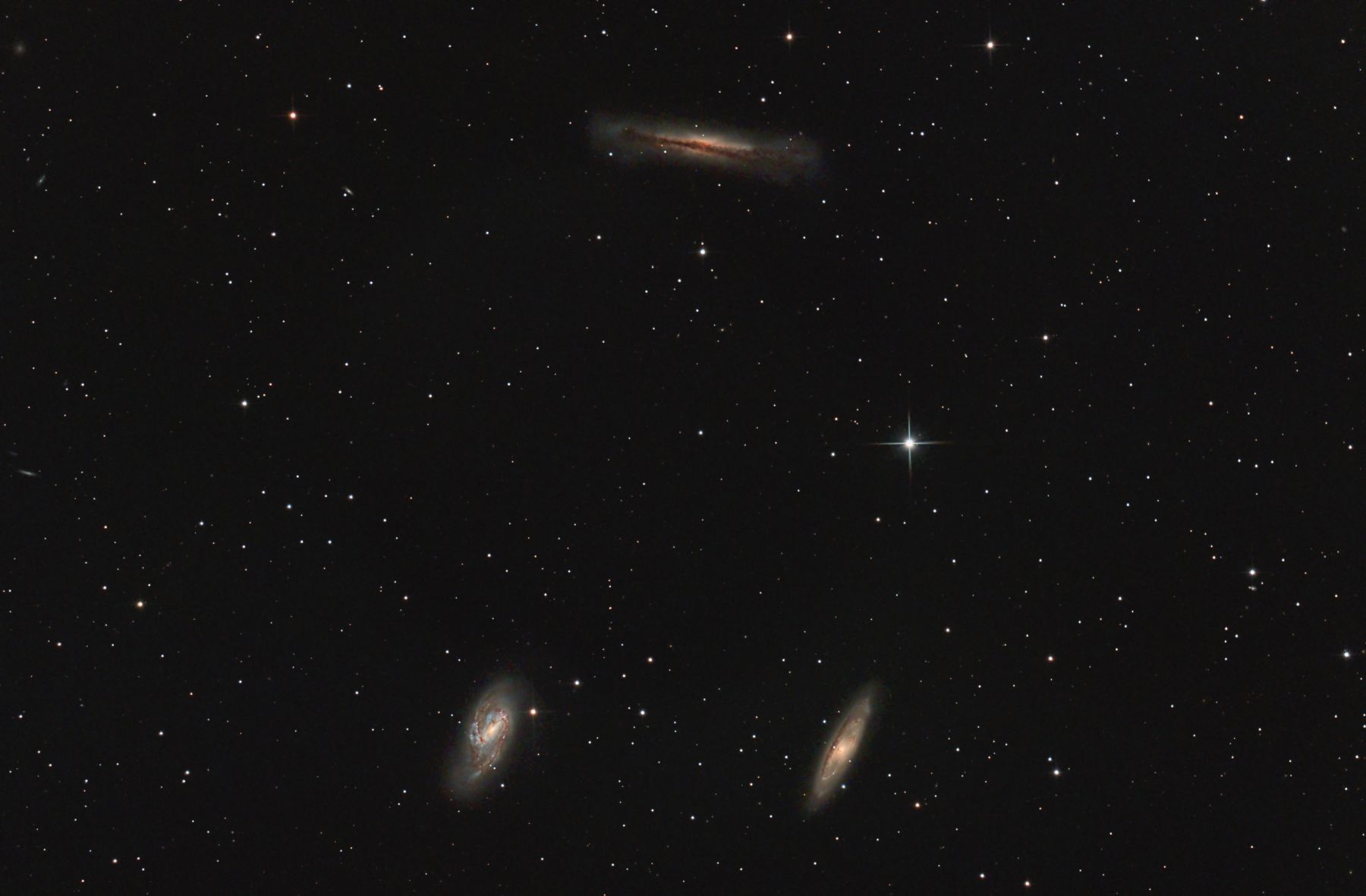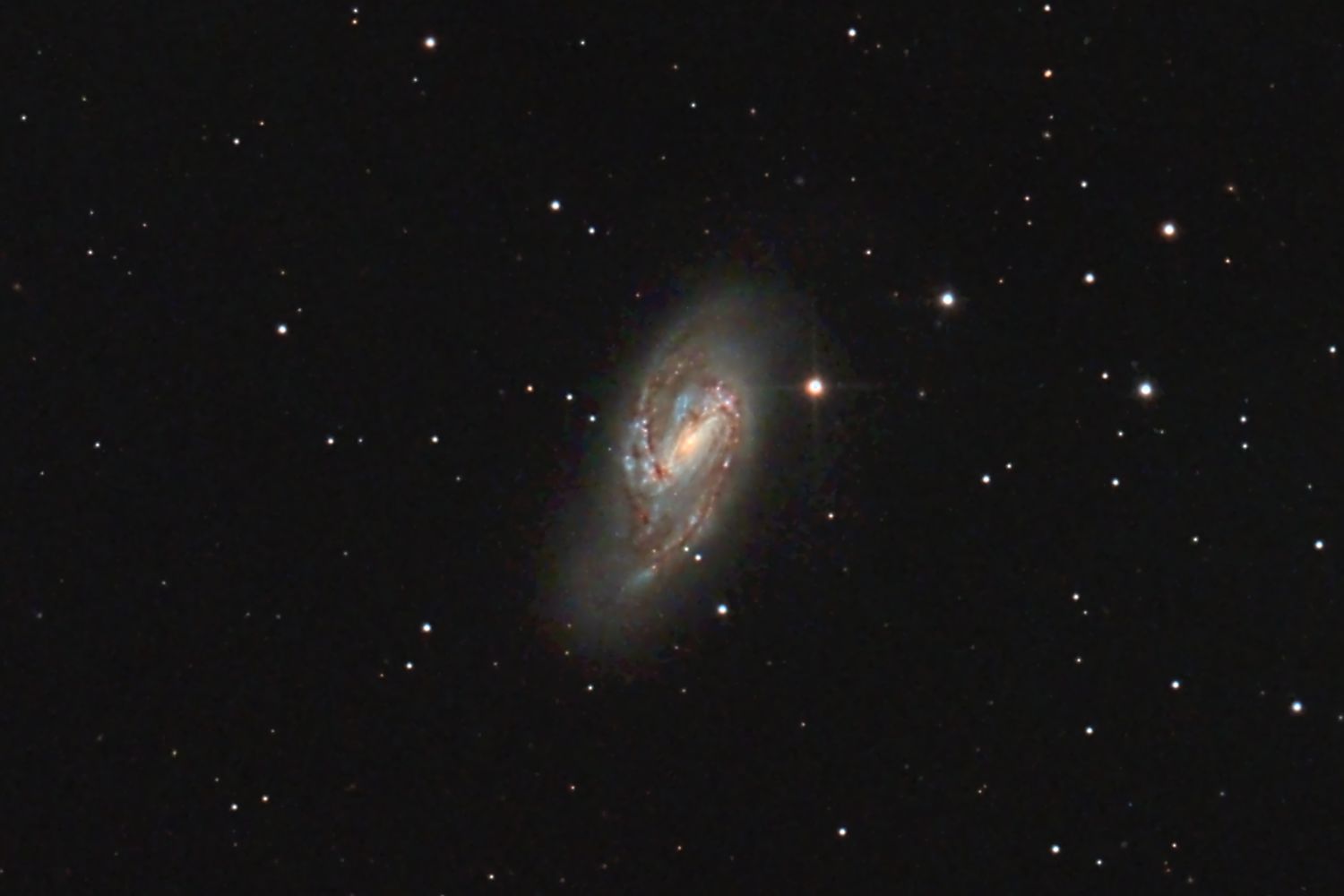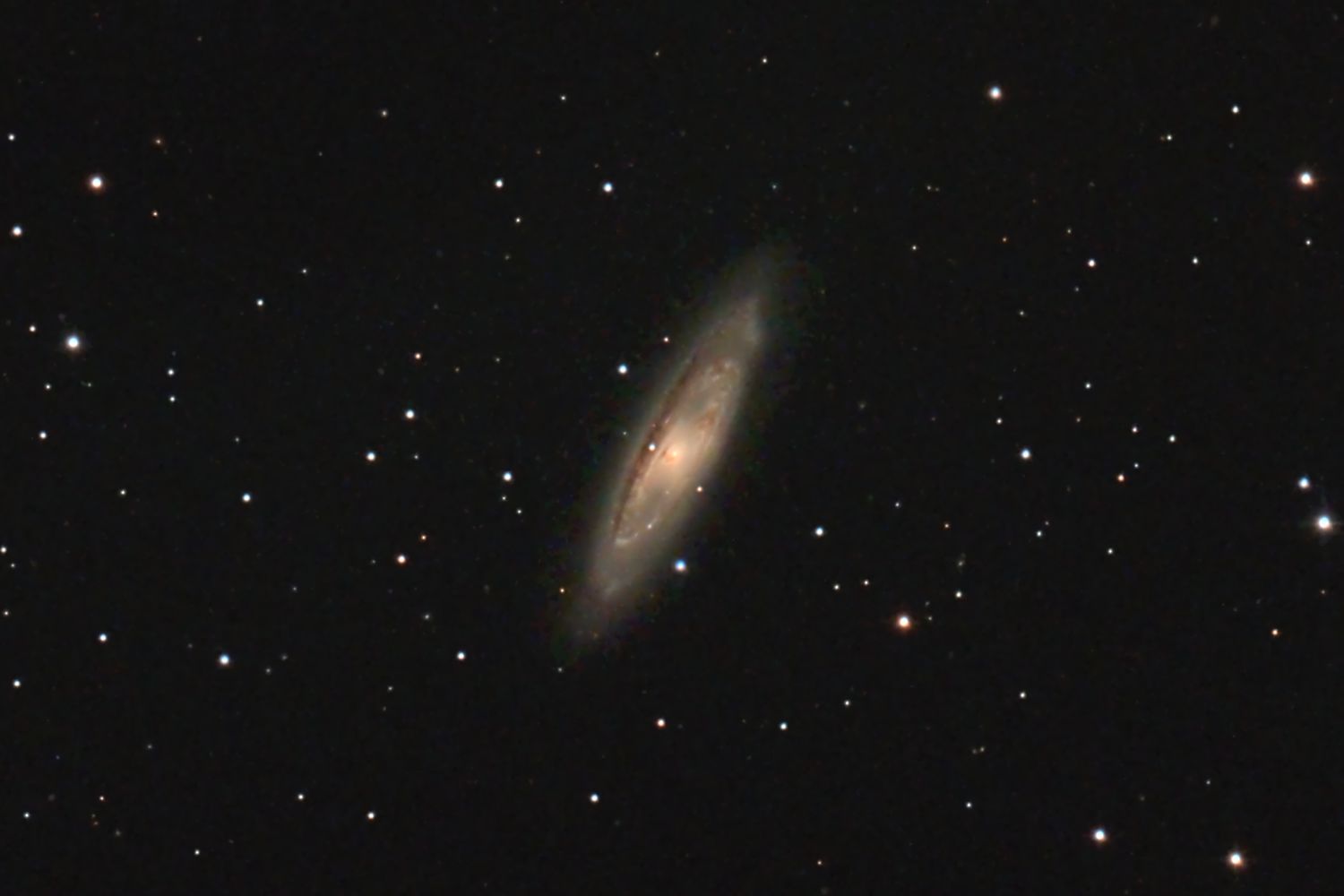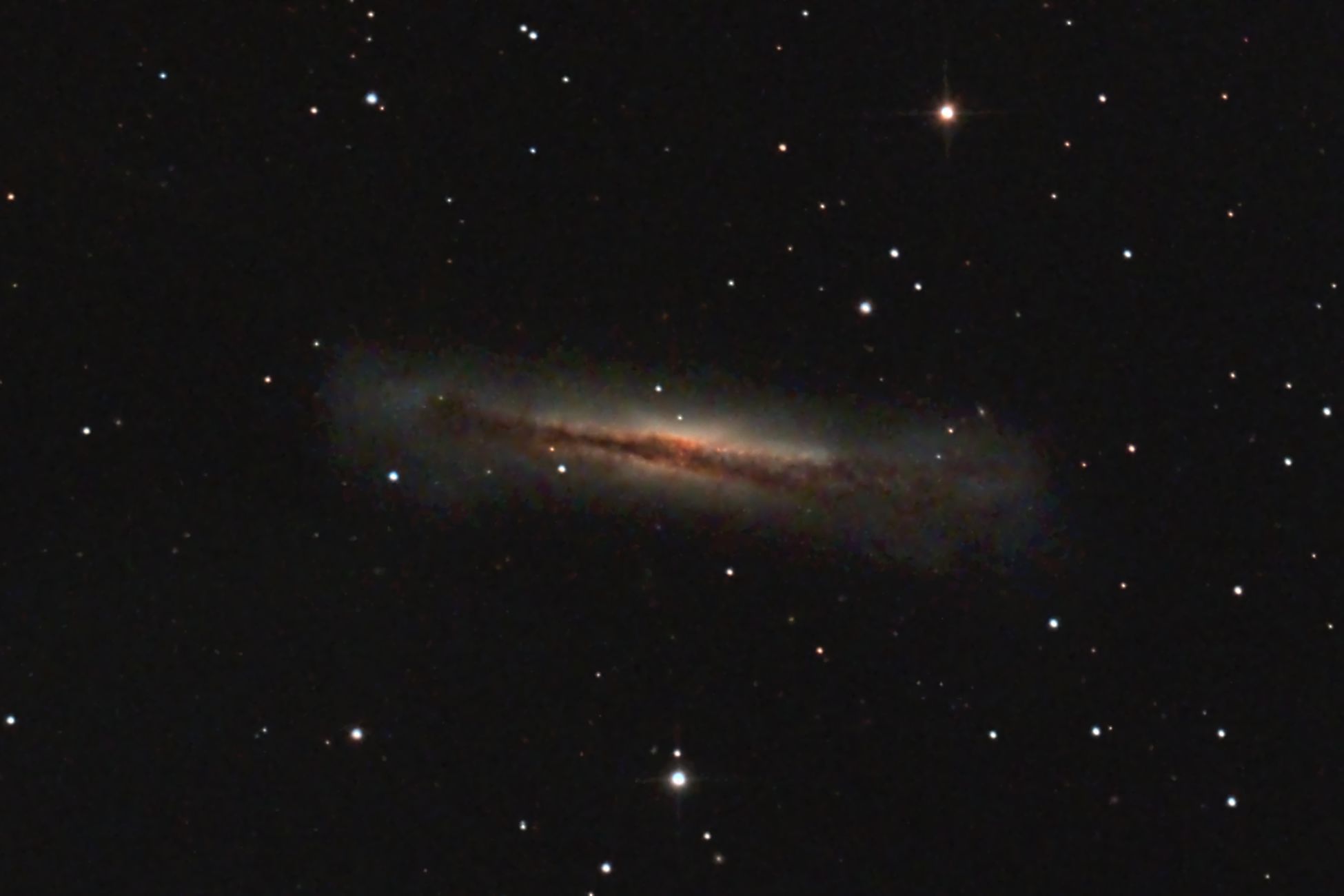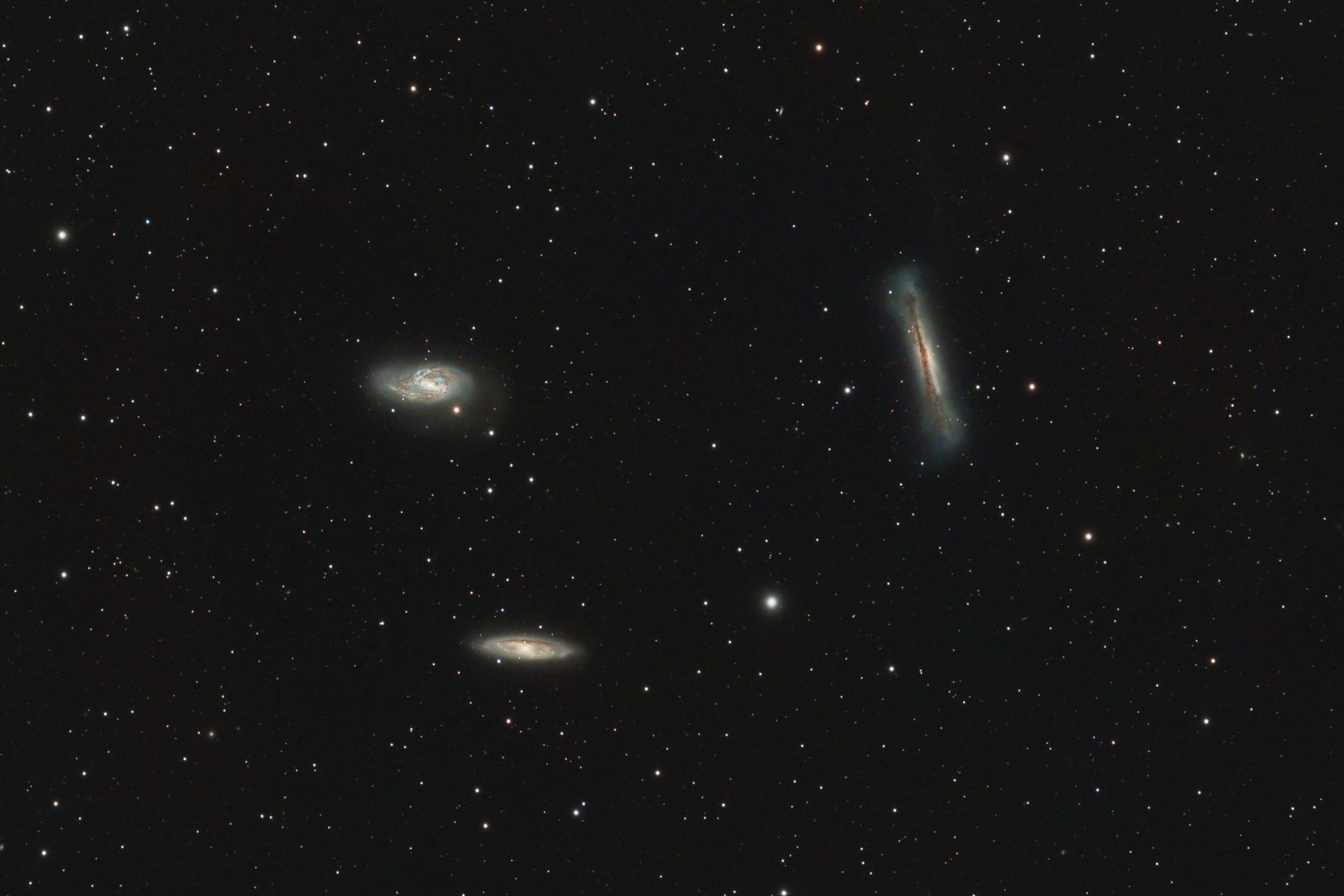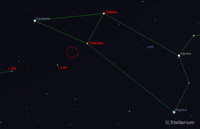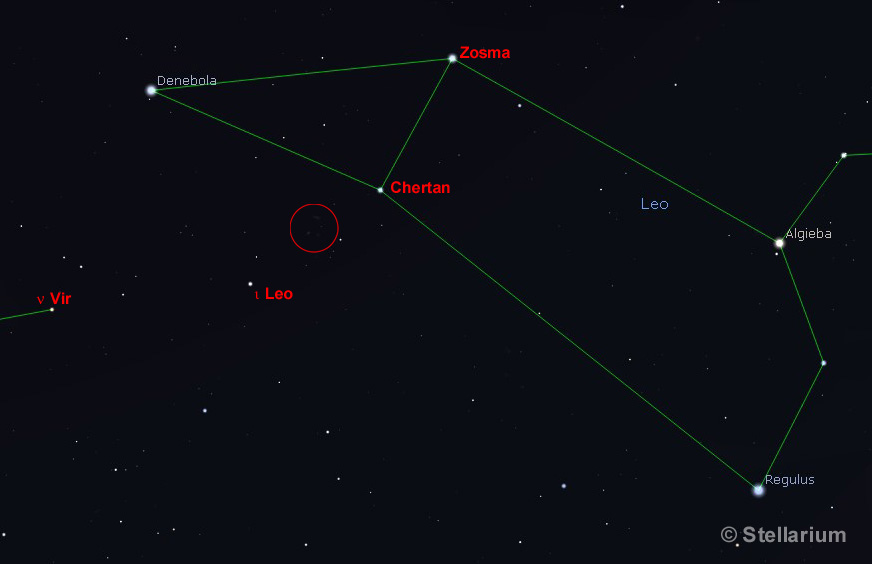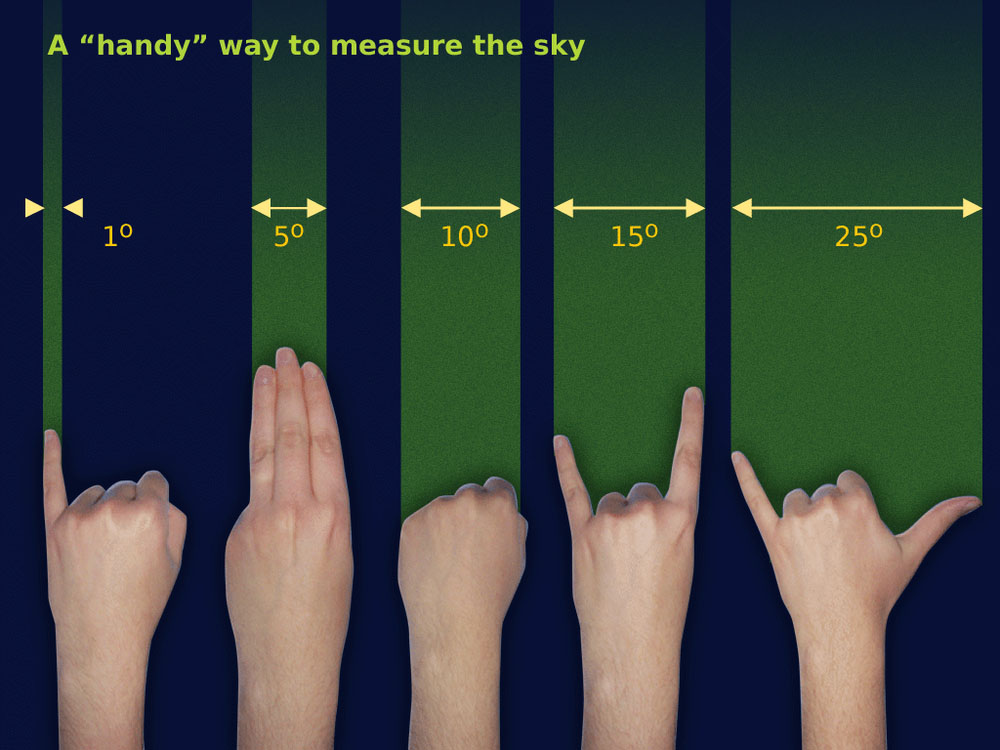Information...
The M66 Group, aka the 'Leo Triplet' is a small group of galaxies approx. 35 million light years away in the constellation of Leo.
It's thought that M66 (lower left hand side of image) owes it's distorted shape to the gravitational pull from M65 (lower right hand side of image). M66 is also know to have an unusual distribution of atomic & molecular hydrogen, with the atomic hydrogen present in the outer regions & concentrations of molecular hydrogen nearer the galaxy core.
NGC3628 (top middle of image) which is nicknamed the 'Hamburger' galaxy, is seen edge-on with a conspicuous dust band across the middle and an 'X' shaped bulge at the centre. The latter indicates that the galaxy probably has a central 'bar' feature.
For more info. see the Wikipedia entries for Leo Triplet, M65; M66 and NGC3628.
